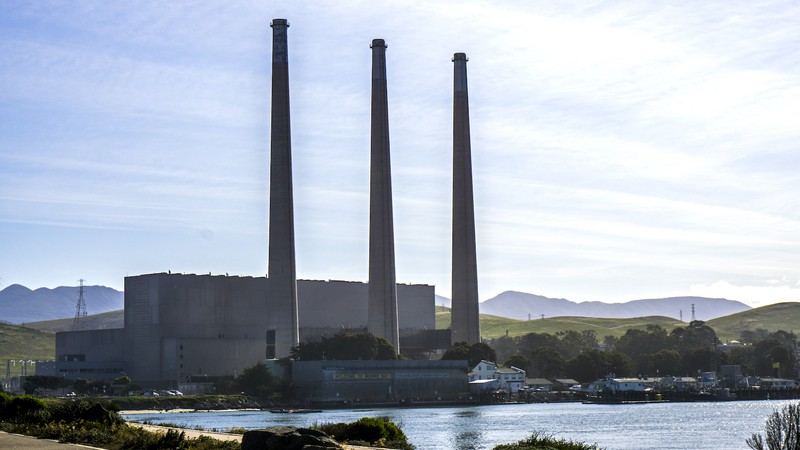Since the state's first CCA in 2010, this new way of delivering energy has spread quickly.

Community Choice Aggregators are now the chosen energy providers for most of California's coastal region. Keavon / Wikimedia Commons C.C. 1.0 Public Domain Dedication
Marin County founded California’s first Community Choice Aggregator, Marin Clean Energy, in 2010, and more than a decade later MCE boasts of providing energy services to 37 communities and about one million residents across four counties—Contra Costa, Napa, and Solano in addition to the entity’s namesake.
The first city-run CCA was created in 2014 and launched the following year, in Lancaster—making Lancaster Choice Energy the first CCA in Southern California. As of April 2021, according to the California Community Choice Association (CalCCA), a lobbying group representing CCAs, 201 California communities received energy services from CCAs. The number topped the double-century mark when East Bay Community Energy—Alameda County’s CCA, founded in 2018—expanded to encompass the cities of Newark, Pleasanton, and Tracy, while Marin Clean Energy added Pleasant Hill and Vallejo to its service area.
A map published by CalCCA shows that, except for Del Norte County with its population of 28,100 in the far northwest corner of the state, the entire coastal area of California where nearly 70 percent of the state’s population resides is covered by CCAs or likely soon will be. San Luis Obispo County is listed as “considering” switching to CCA service. San Diego and Orange Counties have filed their implementation plans, according to the CalCCA map.
Of course, a regional CCA does not always serve every city in its coverage area, and individuals retain the right to opt out of CCA service and go back to getting their electricity from whichever one of the big three private power companies—PG&E, Southern California Edison, and San Diego G&E—sells to their area.
In the state’s most heavily populated county, Los Angeles, as well as adjacent Ventura County, a new CCA known as Clean Power Alliance took over from Southern California Edison in 2019. The new CCA covers 29 cities, as well as unincorporated areas, and about one million homes across the two counties, according to a Los Angeles Times report.
The city of Los Angeles itself, however, remains the purview of the venerable Department of Water and Power, the largest municipally owned utility in the country—with upwards of 1.5 million customers—which was founded in 1902. State law allows for CCAs only in the service areas of private power companies, but the city says it is committed to a 100 percent conversion to clean energy by 2050, and in 2020 the LADWP announced that was spearheading a $1.9 billion effort to build the world’s first utility-level hydrogen power plant.
How do CCAs continue to expand, incorporating customers across multiple cities and counties? They use another tool of local government that’s been around in California since 1921: the Joint Powers Authority. JPAs allow municipal governments, or government departments, to work together for a specific purpose. For that purpose—in the case of CCAs, providing energy, but it could be anything—a JPA allows multiple localities to function as a single government body.
California CCAs have used JPAs to form what could be called, in essence, Super CCAs that span dozens of cities in several counties. In 2017 the Southern California cities of Lancaster and San Jacinto joined their CCAs under a new JPA called the California Choice Energy Authority, or CalChoice.
And in 2021, eight CCAs in Central and Northern California—including Central Coast Community Energy and two CCAs in Santa Clara County—formed a single JPA collectively known as California Community Power. The state’s first CCA, Marin Clean Energy, also joined the new JPA which claims a customer base of 6.6 million people and 2.6 million accounts.
Long form articles which explain how something works, or provide context or background information about a current issue or topic.